The Beatles constantly searched for novel ways to engage and surprise their audience. They rarely settled in the studio for the average presentation, instead seeking out clever little tricks and recording techniques that would keep their listeners on their toes.
Videos by American Songwriter
False endings, whereby a song seems like it might be over only to rev up again, were a part of their arsenal. Here are five occasions where The Beatles seemed like they were going to leave us wanting more, but then did indeed give us something extra.
“I’m Only Sleeping” from Revolver (1966)
This beloved album track grew out of John Lennon’s tendency toward preferring slumber over other ways to spend his free time. Since it appeared on Revolver, the album where the Fab Four took their studio experimentation to the next level, it’s not too surprising there should be some quirks included. There’s a backward guitar solo in there, for one. But there’s also a part where the music pretty much grinds to a halt. But then, what sounds like a Paul McCartney yawn can be heard, and “I’m Only Sleeping” kicks into gear once again.
“Strawberry Fields Forever” (Single, 1967)
Knowing they no longer had to worry about touring, The Beatles entered 1967 fresh and brimming with ideas for how to push the boundaries of their music even further. “Strawberry Fields Forever,” the first piece of music they released that year, gave fans a good indication of where they were going. It included a coda, which only appeared after the main section of the song had faded out. After a fade up, you hear some clanging guitar, eerie flute sounds from the Mellotron, and John Lennon muttering about cranberry sauce, a phrase that when misheard helped perpetuate the “Paul is dead” rumor.
“Hello Goodbye” from Magical Mystery Tour (1967)
John Lennon was frustrated “Hello Goodbye” was chosen as a single, feeling the Paul McCartney-penned track was a bit too trifling to get that honor. While the song might not be much lyrically, it’s hard to argue against it as prime ear candy. McCartney’s melody is typically buoyant, and the instrumental touches expertly combine psychedelic excess with pop smarts. Then, after McCartney has seemingly signed off, the group returns with a chanting coda that was completely improvised in the studio and brings even more joy to a song that’s already brimming with it.
“Helter Skelter” from The White Album (1968)
There are actually two false endings to be found on this classic rocker. Paul McCartney wrote it in response to an article where The Who claimed they were working on the heaviest song in rock history. The song itself is relatively simple, but Macca and his buddies pumped everything up—the amps, the screaming, the chaos. To push the song even further into the red, the jamming just kept going, even as the faders were lowered and raised a couple of times. This beast only grinds to a halt once Ringo Starr pleads for mercy for his drumming fingers.
“Free as a Bird” from Anthology 1 (1995)
The technology needed to take John Lennon’s staticky demo and make it the basis for a Beatles track truly wasn’t where it needed to be when The Beatles created “Free as a Bird.” (Check out how much sharper the results were for “Now and Then,” which utilized AI to clean up another Lennon demo.) Nonetheless, “Free as a Bird” enjoys its best moments after the main portion of the song is done. That’s when Paul McCartney’s wandering bass is joined by some atmospheric sound effects, George Harrison’s ukulele, and a bit of John Lennon dialogue played backward.
Photo by Daily Mirror/Daily Mirror/Mirrorpix via Getty Images

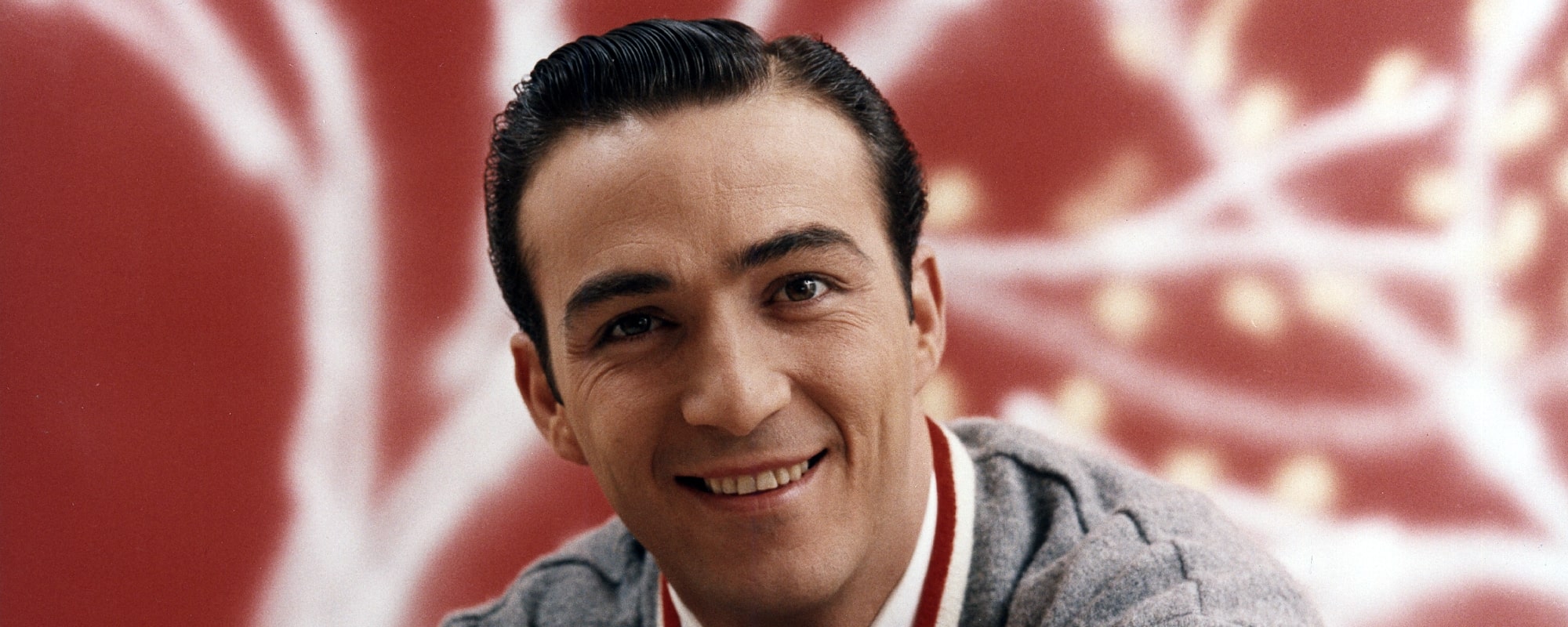


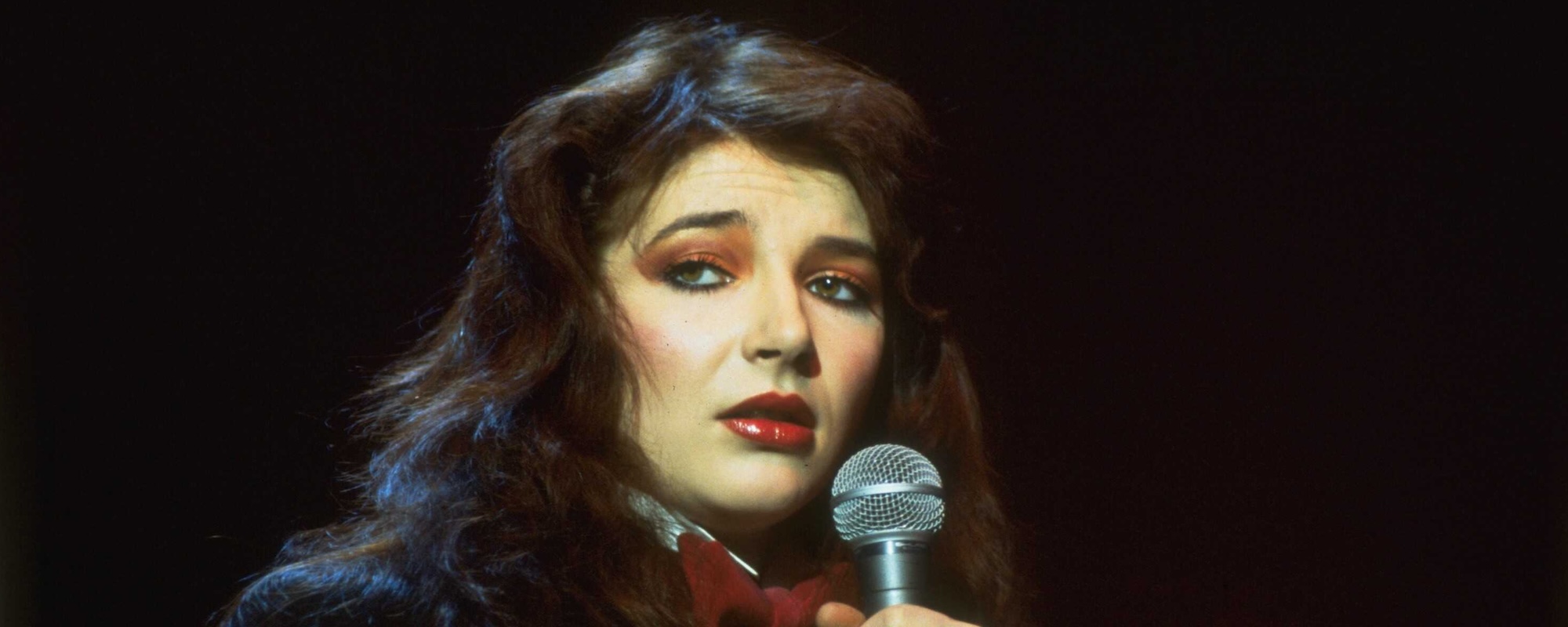
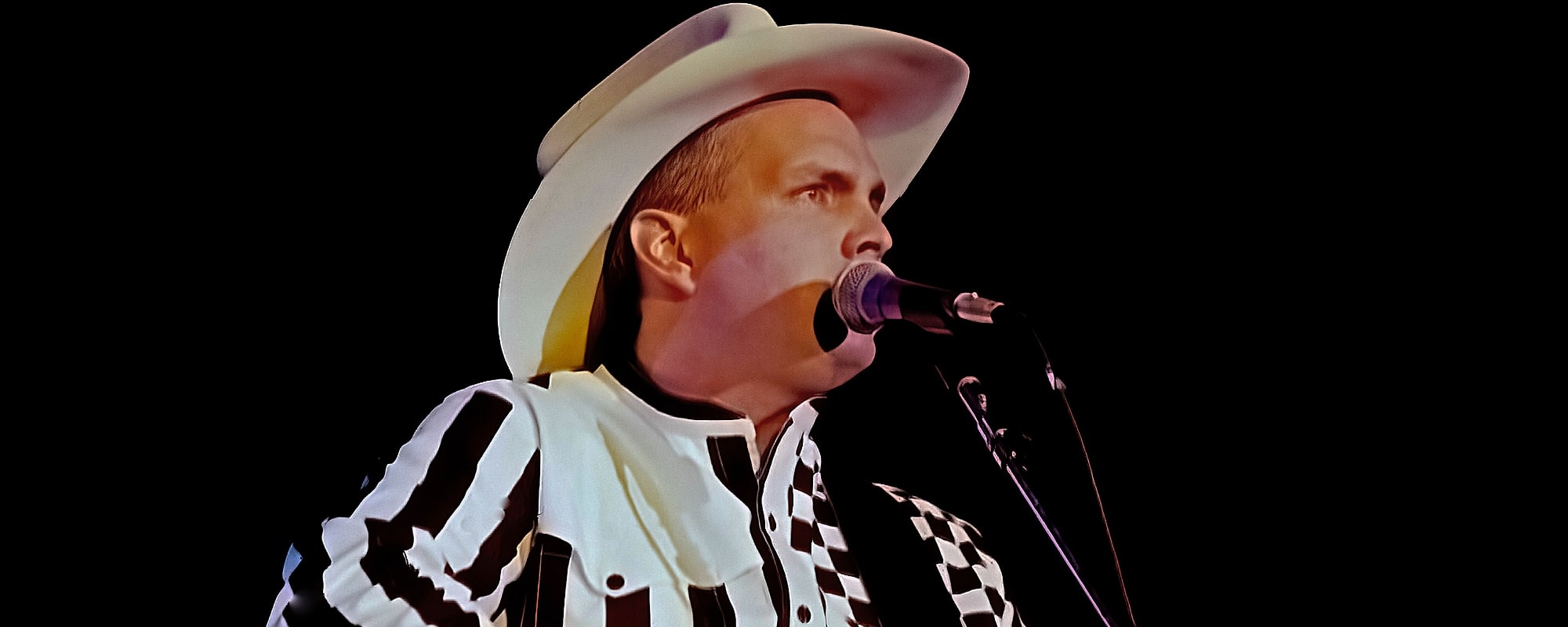
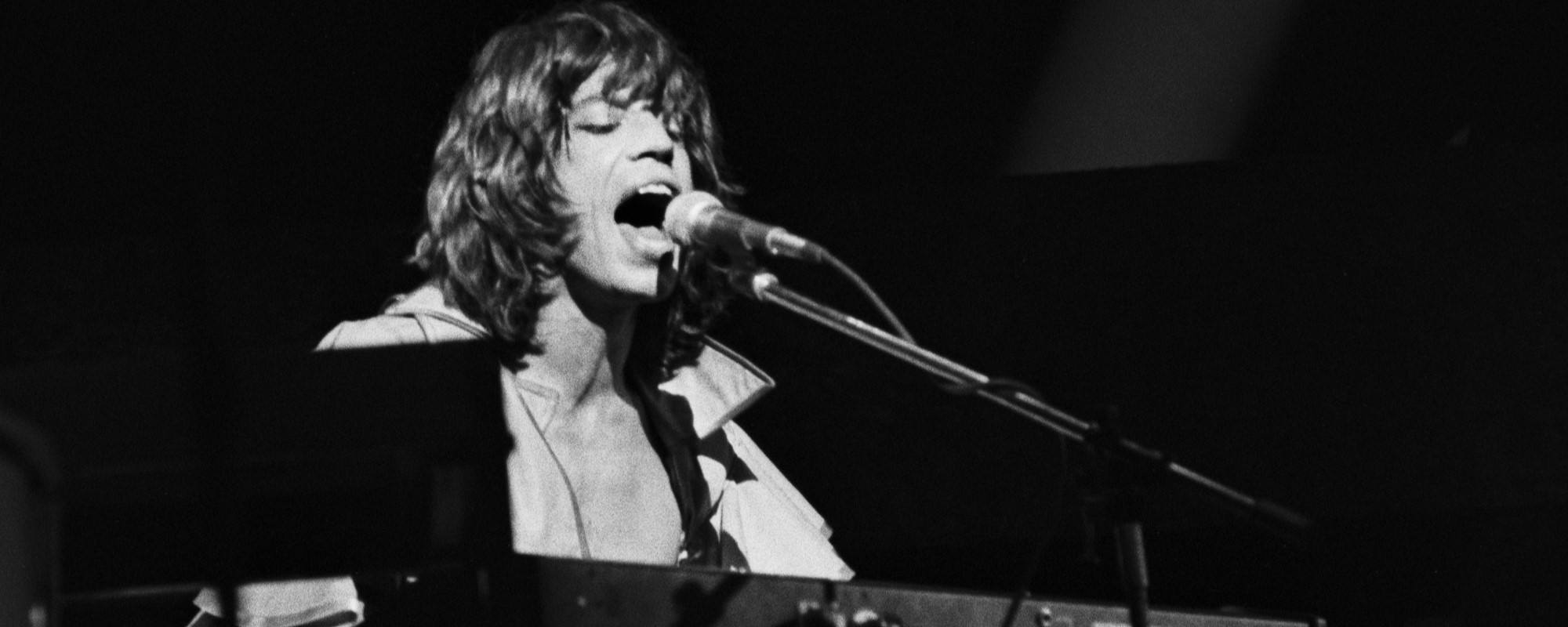
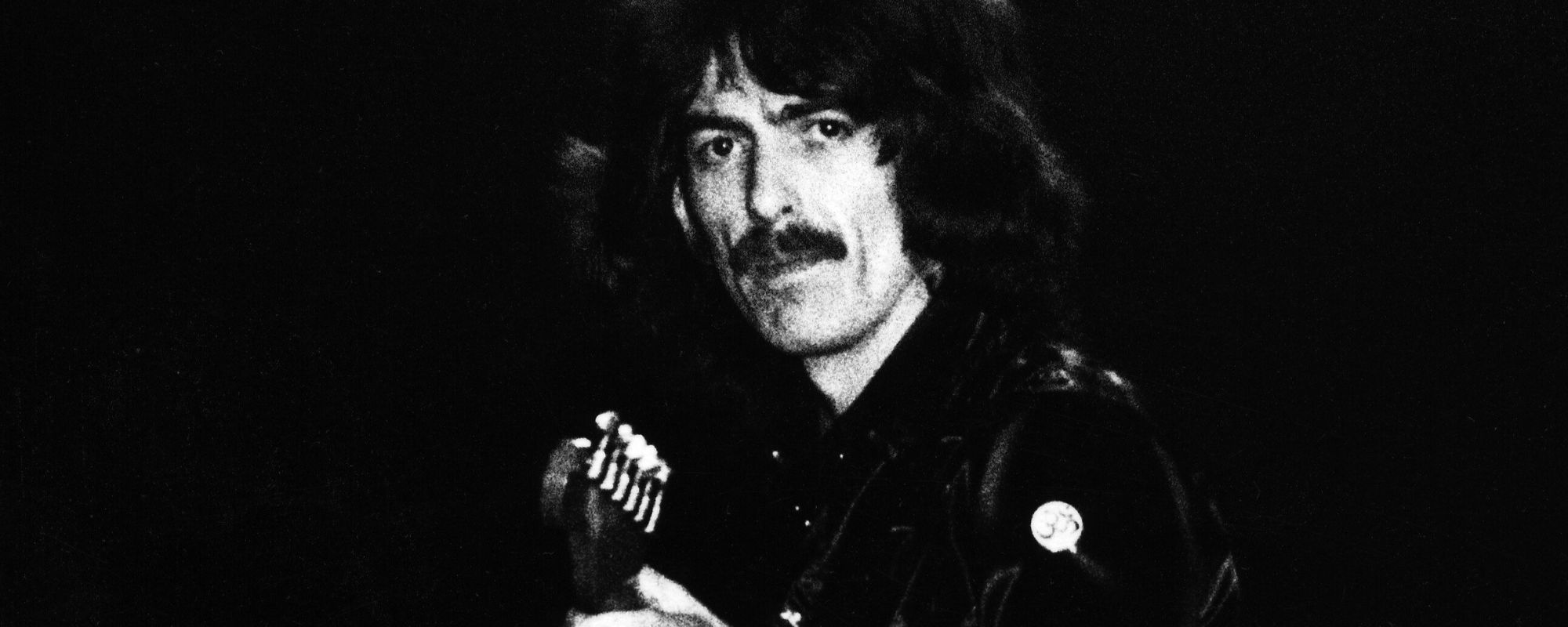

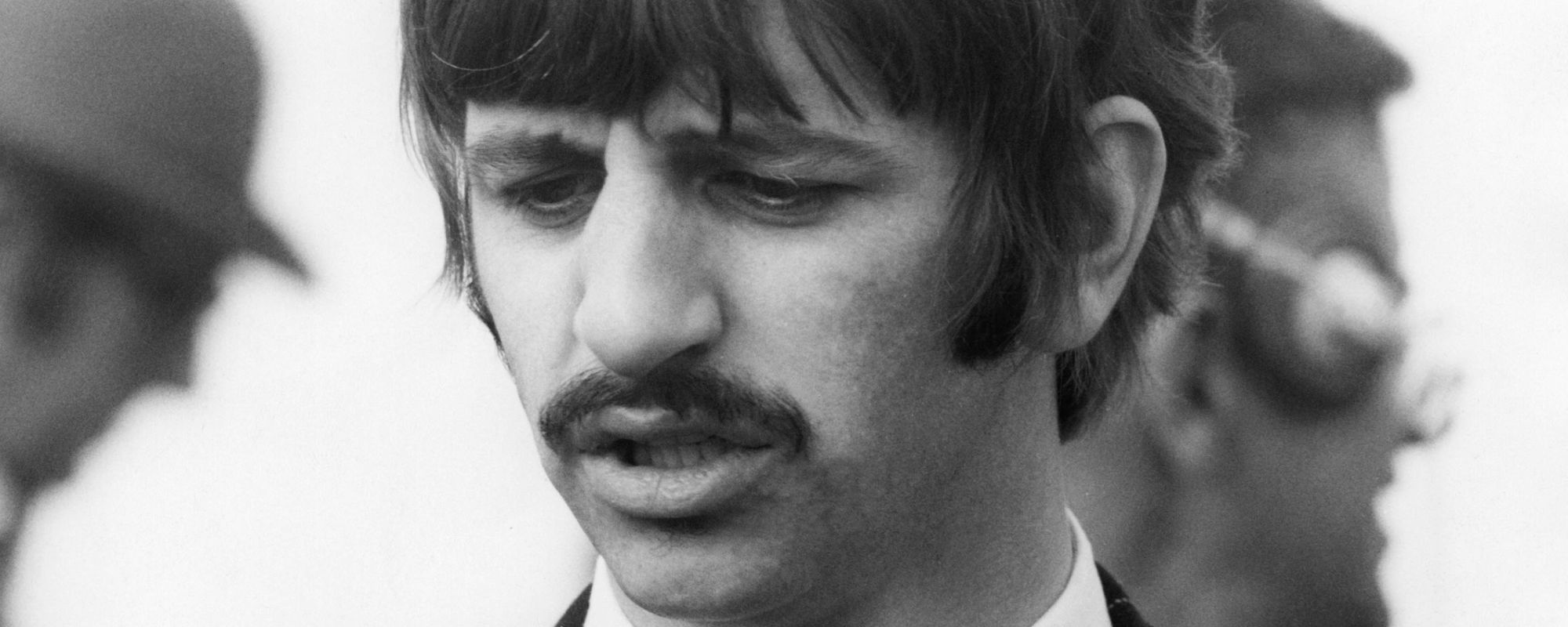

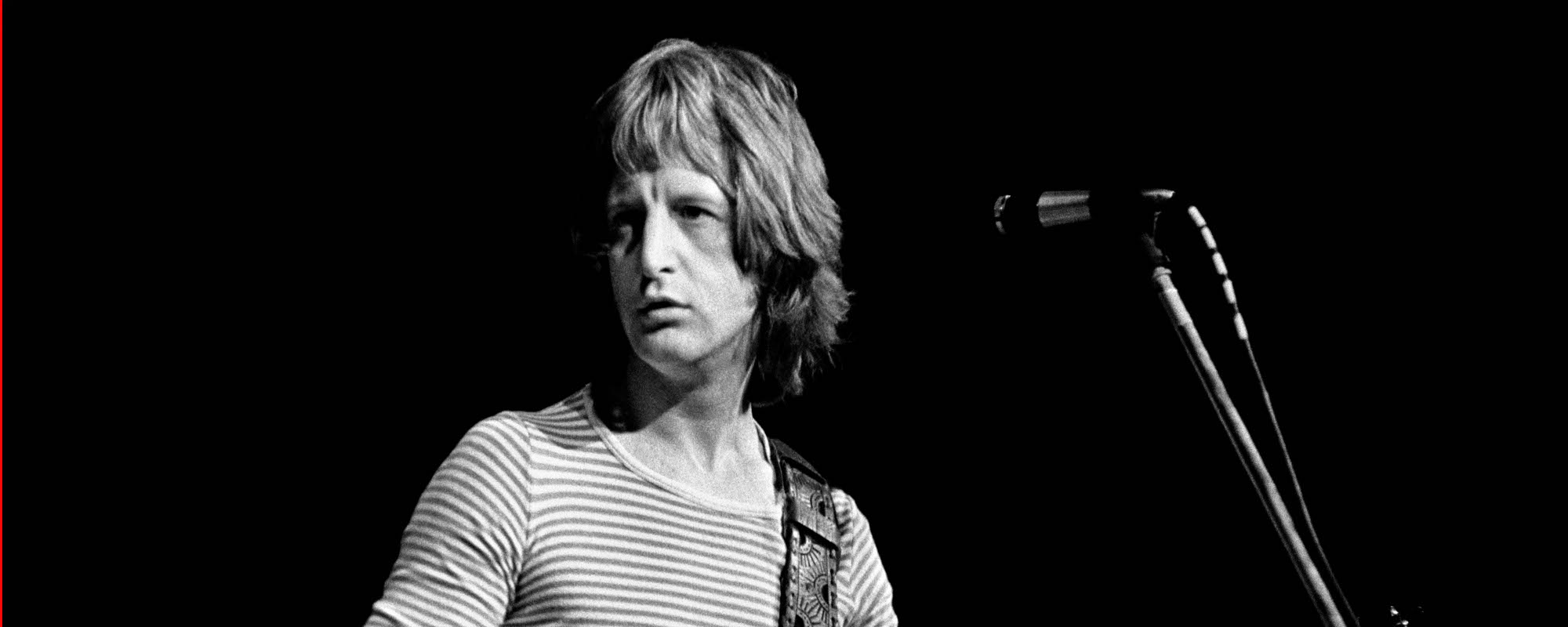
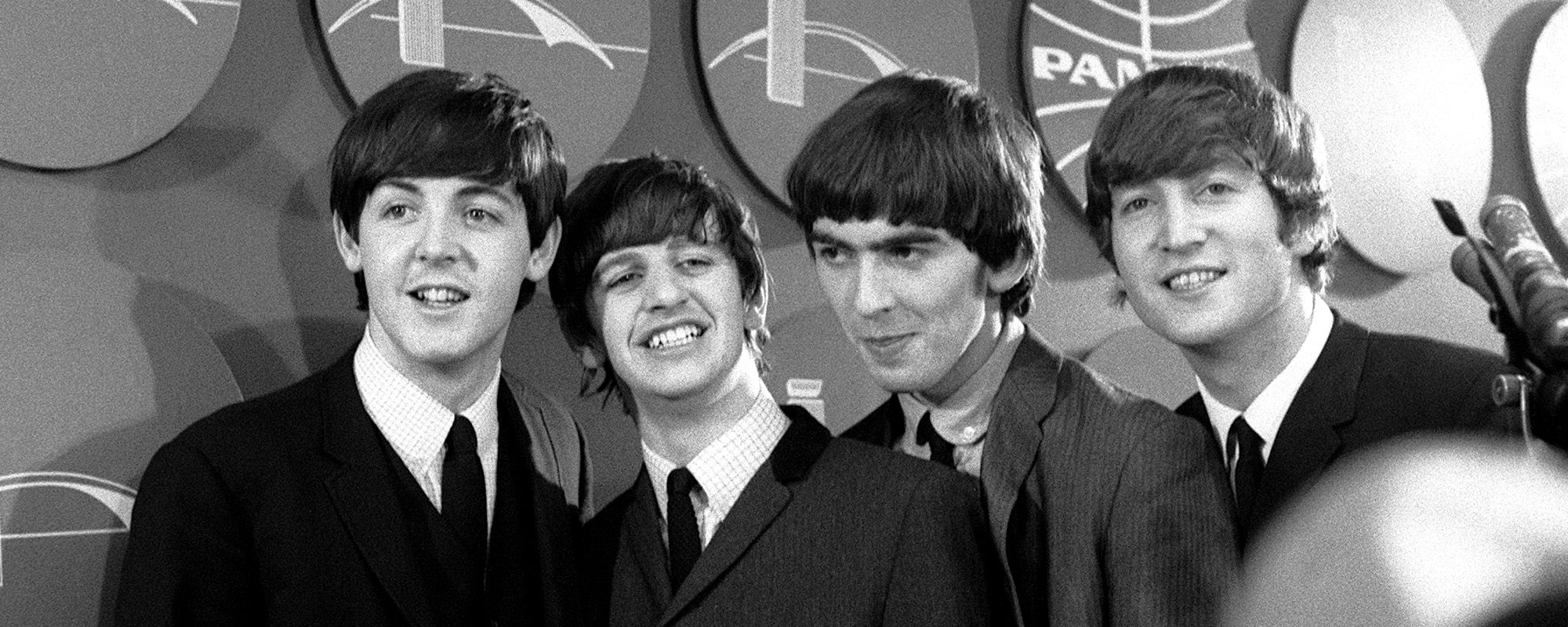
Leave a Reply
Only members can comment. Become a member. Already a member? Log in.